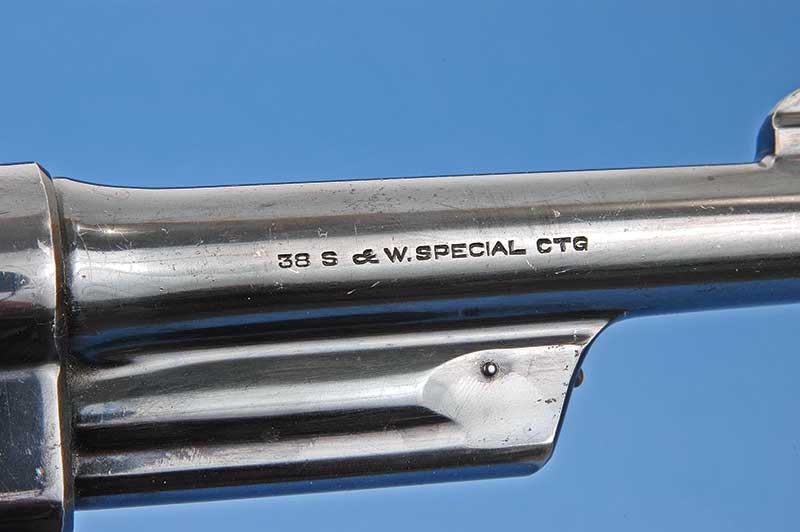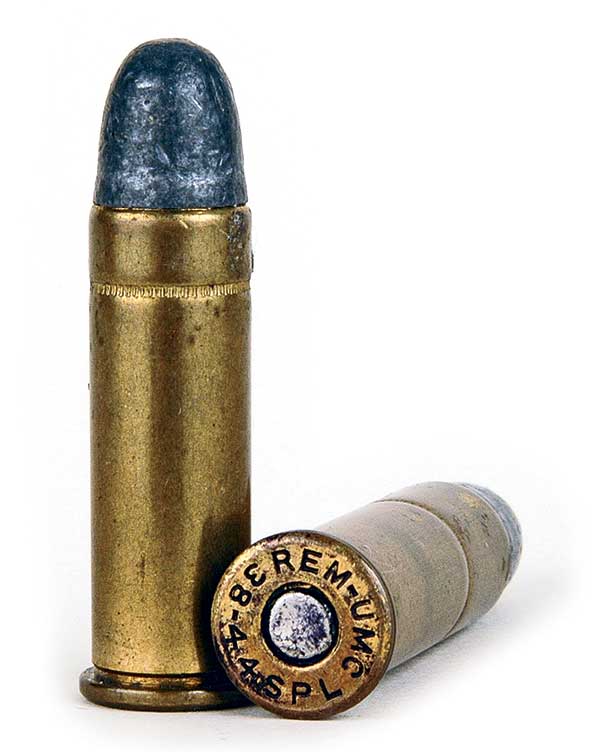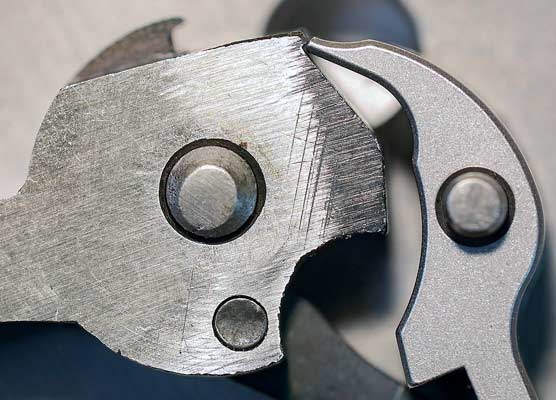The .38-44
Big, Brawn Bruisers
The first of many “shooting buddies” came in my senior year of high school — 1966/1967. His name was Mike Bucci, pronounced “Butch” and that’s what we called him. His father was our small West Virginia town’s chief of police, which led to several interesting experiences for me.
First among them was my introduction to the .38-44, one of the more unusual innovations major gun and ammunition manufacturers ever introduced. At the time Butch and I became shooting buddies, I was focused on my treasured Smith & Wesson K-38 and had just taken on bullet casting and handloading endeavors. So Butch could shoot with me his father gave him one of his several Smith & Wesson service revolvers, but initially Butch was a bit disappointed in it. It only had fixed sights whereas my K-38 wore fully adjustable target sights. When I got my first look at his sixgun, I squashed that bit of jealousy because I was honestly impressed.
I said, “Butch, this is a Smith & Wesson Heavy Duty .38-44. It’s built on the big N-Frame and meant for extra-hot .38 Special loads.” Butch wasn’t overly studious and had no idea what I meant, but I had just finished reading Elmer Keith’s book Sixguns so I was a wealth of information. An older gent in the gun club had loaned me the book and also given me a coffee can of .38 Special brass to begin my reloading. Some of those cases were headstamped .38-44.
So I told him how, in about 1930, S&W brought out a .38 Special revolver built on their .44 frame. Then, extra hot ammo was made only for firing in large frame revolvers. I pointed out my .38 wadcutters gave about 700 fps but .38-44’s shot 158 grain bullets at 1,150 fps. He really perked up at that.
Blasting Bricks
In my inexperience I was probably endangering both of us, but I put together some handloads with 2400 powder so we could experience a .38-44. For some reason there was a pile of old bricks at our shooting range, which Butch and I usually had to ourselves on weekday afternoons after school. I set a brick up on a fence post and popped it with my K-38 with light wadcutter loads. The impact knocked it down but left only a lead smear. Then I had Butch shoot it with his Heavy Duty and my .38-44 duplication loads. The brick shattered. Butch never afterward had a complaint about his handgun.
Back in the 1930’s when .38-44 factory loads became available, there were only a few handgun models suitable for it. Those were S&W’s N-Frames — the fixed-sight Heavy Duty with 4″, 5″ and 6½” barrel lengths, and slightly later the Outdoorsman with target sights and only 6½” barrel length. ColtMon’s Single Action Army was strong enough. In fact my 1935 Colt catalog even lists .38-44 as one of its caliber options. And Colt also had .38 Special chambered New Service revolvers in several permutations as respect to fixed and target sights. They were all rated for .38-44 loads too.
Intelligent Shooters
As for .38-44 factory loads the only ones I have ever seen are headstamped REM-UMC .38-44. The only loading I’m aware of was a 158 grain roundnose bullet at 1,150 fps. In appearance the .38-44 differed not a whit from ordinary .38 Special police loads. Evidently back in those days firearms and ammunition manufacturers expected a degree of intelligence from purchasers not seen today, because those .38-44 factory loads were far hotter than our current +P .38 Specials. If you ever encounter them they should never be fired in small frame revolvers!
Over the years I’ve fired a passel of .38-44 duplication handloads in all the revolver types mentioned above and still own a Smith & Wesson Outdoorsman. It became the Model 23 in 1957 when the company switched to numbers instead of names for their products.
My friend Mike Bucci enjoyed his S&W Heavy Duty .38-44 until he contracted Hodgkins Disease. I was on one of my summer forays to Montana when I got word in July, 1971 he had passed away. I think about him often.







